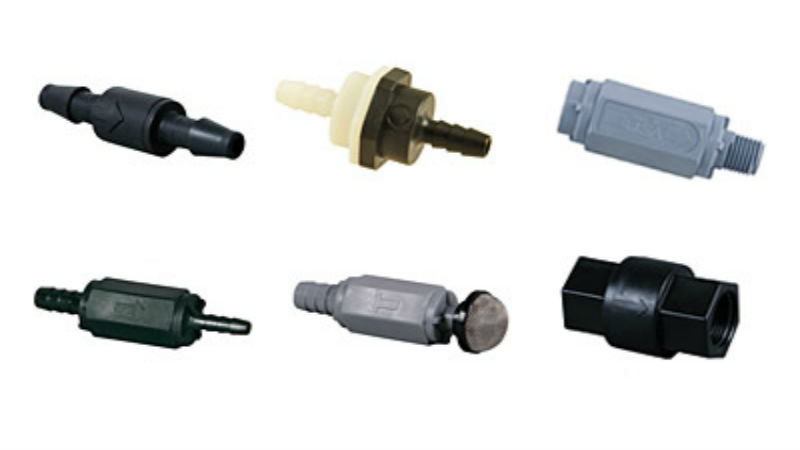One of the most traditional options in valves, the ball valve is used in a wide range of different systems and applications. It can be used to control the flow of air, gas, steam, liquid or slurry through a system.
The choice of a brass ball valve is important for several reasons. As ball valves can be made from a variety of materials, including plastics, the choice of both the valve type as well as the material it is made of will be important to consider.
The Ball Valve Basics
All ball valves are used in situations where the valve is primarily required as a shutoff valve. This means the valve is either open or closed, allowing the flow of media through the valve or shutting it off. This is very different from a regulation valve which controls or regulates the flow through the valve.
The ball valve is sometimes known as a quarter turn valve, as the exterior handle is turned a quarter of the way around the full 360 circle to turn the valve on or off. Inside the valve, there is a solid ball with a hole drilled through the center. Turning the exterior handle aligns this hole with the intake port and the outlet to the valve, allowing for flow through the system. Reversing the turn shuts it off.
While it is possible to generally regulate the flow through the valve by turning the handle only slightly, this is very imprecise.
The Brass Advantage
The big advantage of choosing a brass ball valve is the durability of the valve body. The choice of brass is ideal in high-pressure systems that would increase the risk of valve leaks and failure with plastic valve options.
High-temperature situations are also problematic for many plastics, and this can become more important as both pressure and temperature increases in the media and the ambient space. While there are some very durable plastics, such as PTFE (polytetrafluoroethylene), these are often more costly than brass, which makes brass the better choice.


